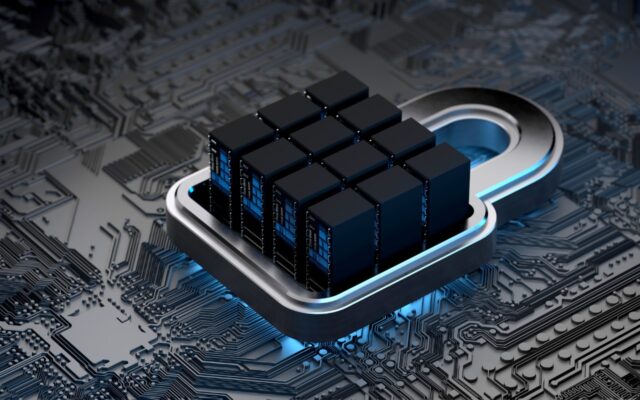Today, organizations rely on next-generation anti-virus (NGAV) with an endpoint detection and response (EDR) solution to help protect end users’ devices against a barrage of cybersecurity threats. But that just covers the endpoint. With the increasing challenge of managing a hybrid workforce, there’s so much more to consider when we think of endpoint security. Attacks are growing in sophistication and now affect not only the endpoint, but also their rapid extension to the network and cloud. How do you make sure your upward, lateral and cloud environments are also protected? What happens if your endpoints are breached? And how do you ensure threats don’t permeate your entire network and cloud environment?
In a recent post, I provided an overview of the different types of modern endpoint threat management solutions IT and security teams are exploring today. While point solutions like security information and event management (SIEM) and security orchestration automation and response (SOAR) are still in use today, customers increasingly require more comprehensive approaches to protect against today’s threat landscape. That’s where Extended Detection and Response (XDR) solutions come into play. XDR provides the prevention, detection and response capabilities needed as remote and cloud-based work widen the attack surface.
Let’s drill a little deeper. With XDR, organizations can gain better visibility into the entirety of the attack surface in their endpoints, networks and cloud. They improve the ability to:
-
- Detect known and unknown threats
- Detect vulnerabilities across the IT environment
- Prevent, contain and respond to incidents
- Streamline collaborative investigations
At the same time, IT and SecOps are looking to scale their threat management capabilities as security threats continue to grow and evolve. Unlike traditional EDR, XDR solutions use AI and machine learning to help automate threat prevention, detection and response, contributing to overall cyber resilience. Not only can XDR help close the security and IT gap many organizations struggle with today, but it can also result in significant cost efficiencies in leveraging security AI. According to the latest Cost of a Data Breach report published by Ponemon Institute, when AI and automation are fully deployed, breaches cost $3.05 million less than those at organizations with no security AI and automation deployed – up to a 65.2% difference in cost savings.
Another important benefit of XDR is the ability to combine security analytics and threat intelligence to further bolster your security posture and proactively shore up your defenses. Capabilities include correlating and enriching security-relevant data from endpoint, network, cloud and business systems, as well as prioritizing vulnerabilities and threats with a risk-based understanding of your unique environment. With this data-driven approach, organizations can maximize security effectiveness by spotting adversarial behavior early on and disrupting attacks before they do damage.
With XDR, customers get a holistic and comprehensive view through security analytics – across endpoint, network and cloud. This is a big step forward from the legacy approach of manually stitching together data and bouncing across multiple points solutions.
As a security and technology partner, Dell delivers not only the trusted hardware organizations need to improve cyber resilience, but also software, like XDR, for protection against advanced threats. Through our threat management portfolio SafeGuard and Response, Dell and our partner Secureworks offer Taegis XDR. Reach out to your sales rep to learn how Taegis XDR heightens IT and SecOps agility and strengthens your security posture.


